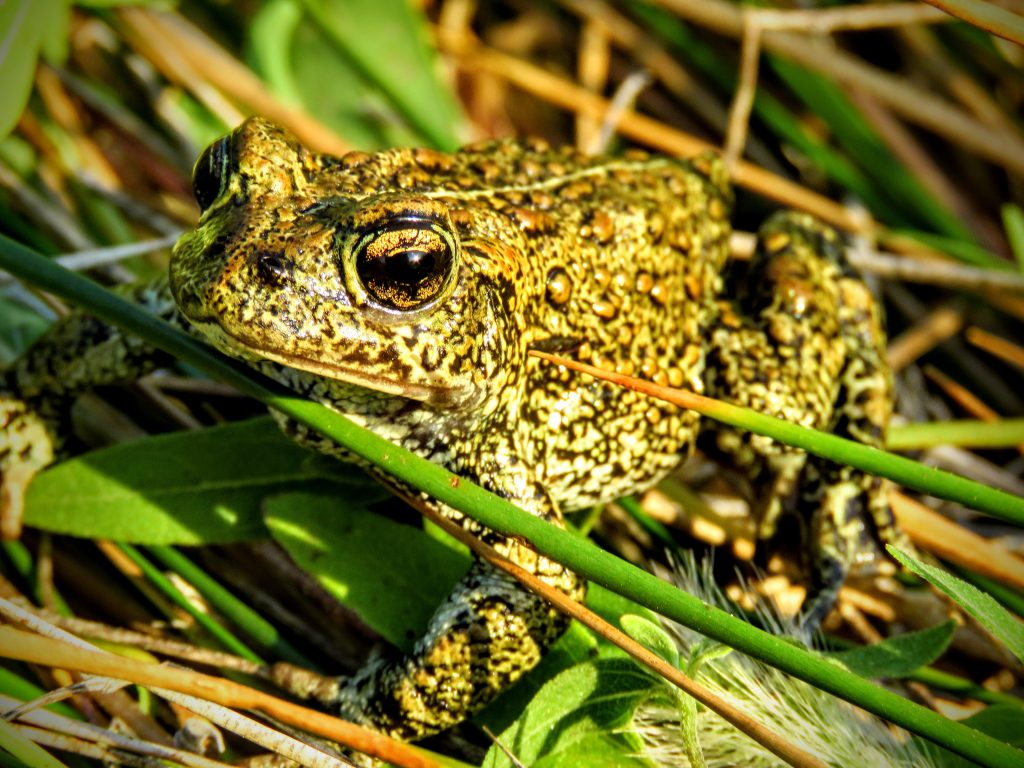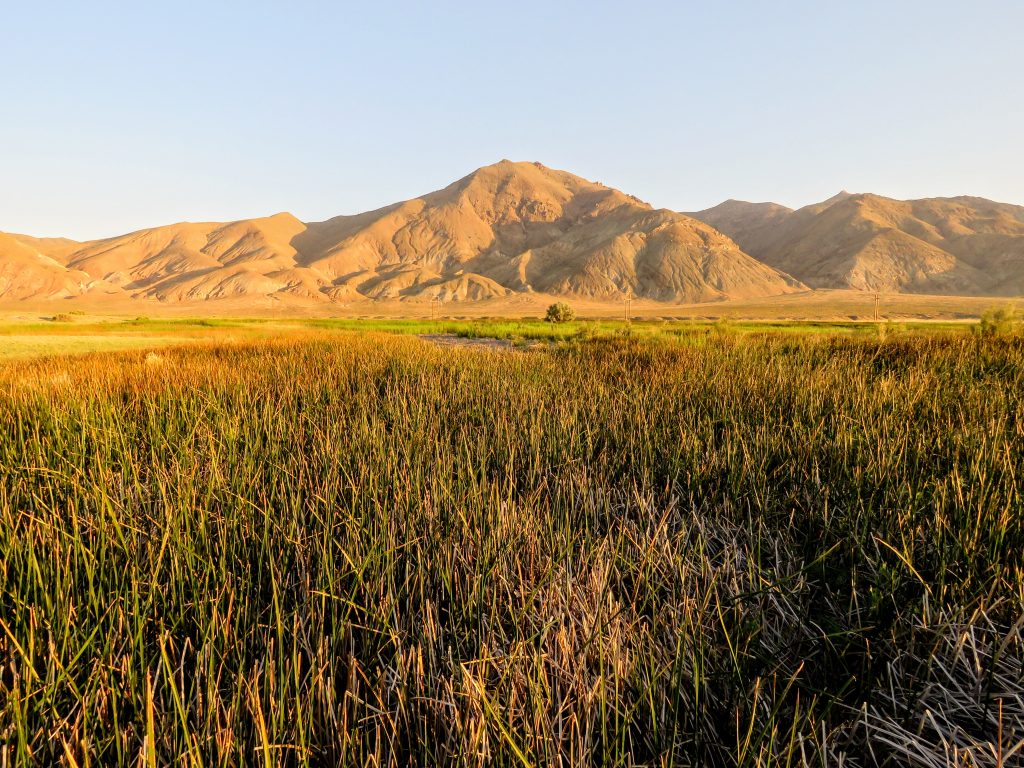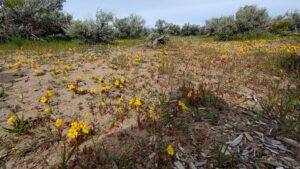
Located in the Great Basin near Fallon, Nevada, the Dixie Valley is the site of an abundant geothermal resource. It is also home to the Dixie Valley Toad, which only exists in this six-kilometer square area. Ormat Technologies Inc., a renewable energy company, is planning a large geothermal energy project in the Dixie Valley.
The Nevada Center for Biological Diversity is concerned that this project will harm the Dixie Valley Toad and could lead to the toad’s extinction. The geothermal project is currently in the final stages of the National Environmental Policy Act (NEPA) review process, which requires agencies to assess the environmental impacts of their proposed project before acting.
“Should geothermal energy production substantially alter or reduce spring discharge at Dixie Meadows, or alter the temperature or geochemical makeup of such discharge, it could have catastrophic effects on the [Dixie Valley Toad], up to and including the extinction of the species,” the Nevada Center for Biological Diversity wrote in their public comment on the Environmental Assessment.
The public comment period for the final Environmental Assessment on this project ended on February 12th, 2021, and the Bureau of Land Management expects to release a decision within the next few weeks.
The center says that if the geothermal project goes forward, the Dixie Valley Toad could go extinct. “There’s really extensive literature on geothermal energy messing with the hydrology of an area such that springs go dry or dry up, or have changes to their temperature and discharge and chemical composition,” said Patrick Donnelly, the Nevada State Director at the Center for Biological Diversity. The toad is already facing threats due to chytridiomycosis, a fungal disease affecting amphibians worldwide. Loss of habitat would be a compounding factor threatening this toad.

Three years ago, the Center for Biological Diversity submitted a petition to have the Dixie Valley Toad listed as a threatened or endangered species under the Endangered Species Act. The petition makes clear the toad relies on this unique habitat to survive, “[The Dixie Valley] toad is restricted to just four spring-fed wetlands across a range of only 6 square kilometers, where it is immediately and severely threatened by the proposed construction and operation of a geothermal plant.”
But under the Endangered Species Act, the toad would be protected. “[The Endangered Species Act] prevents the federal government from authorizing actions that would cause what’s called ‘take of the species.’ Take is to harm, hurt, harass, kill, trap, and various other definitions in statute,” says Donnelly. He describes the Endangered Species Act as “the most powerful conservation law in the world. Ninety-nine percent of species that have been put on the list have avoided extinction.”
A decision regarding the addition of the Dixie Valley Toad to the Endangered Species Act has not yet been made.
“If a decision is made to list the species, then we are bound by all the guidelines that go with that ESA listing,” said Ken Collum, the District Manager for the Carson City District of the BLM.
This means that if the BLM decides to approve the geothermal project in the next few weeks, but the species becomes listed on the Endangered Species Act after this decision, the project will still be required to abide by the Act’s ruling.
Ormat Technologies Inc, the geothermal energy company proposing the project, was contacted multiple times for comments beginning three weeks ago, but has declined to be interviewed.






